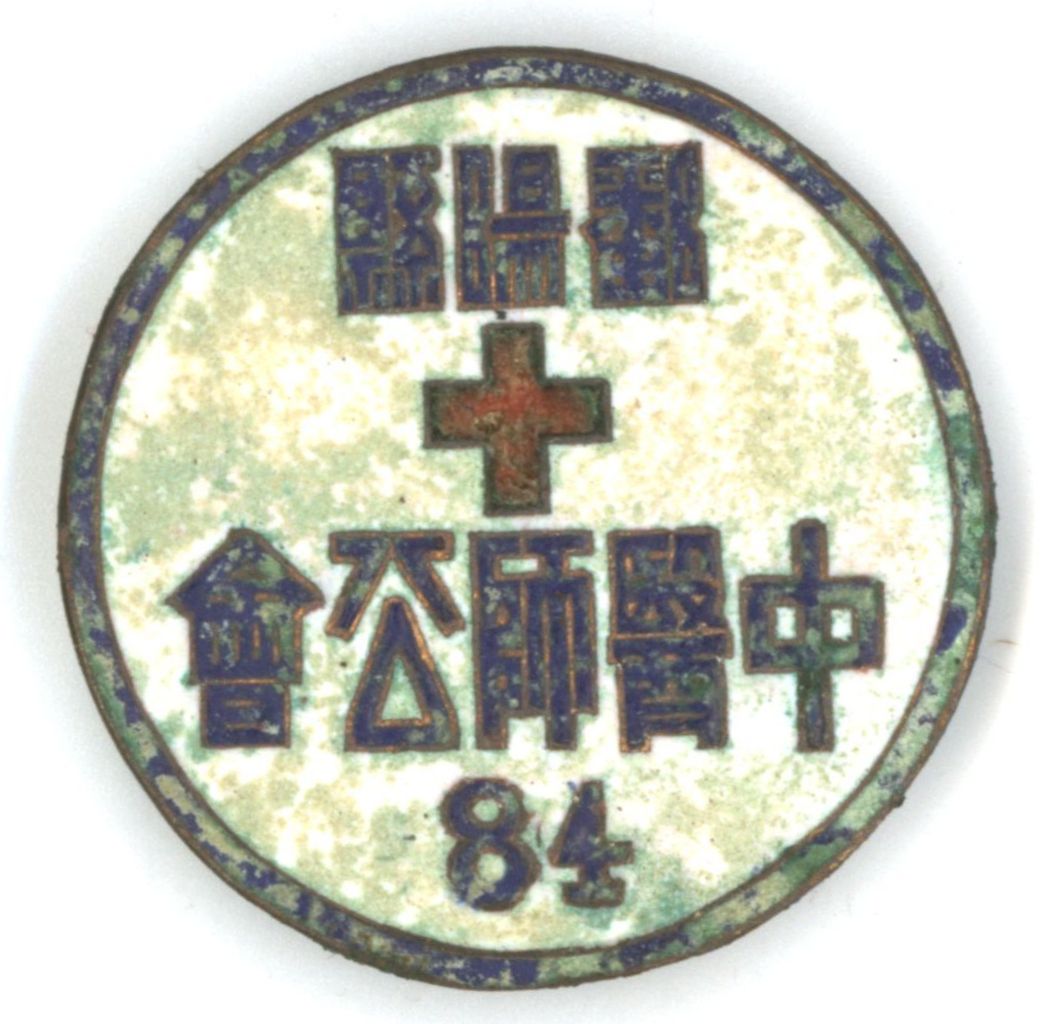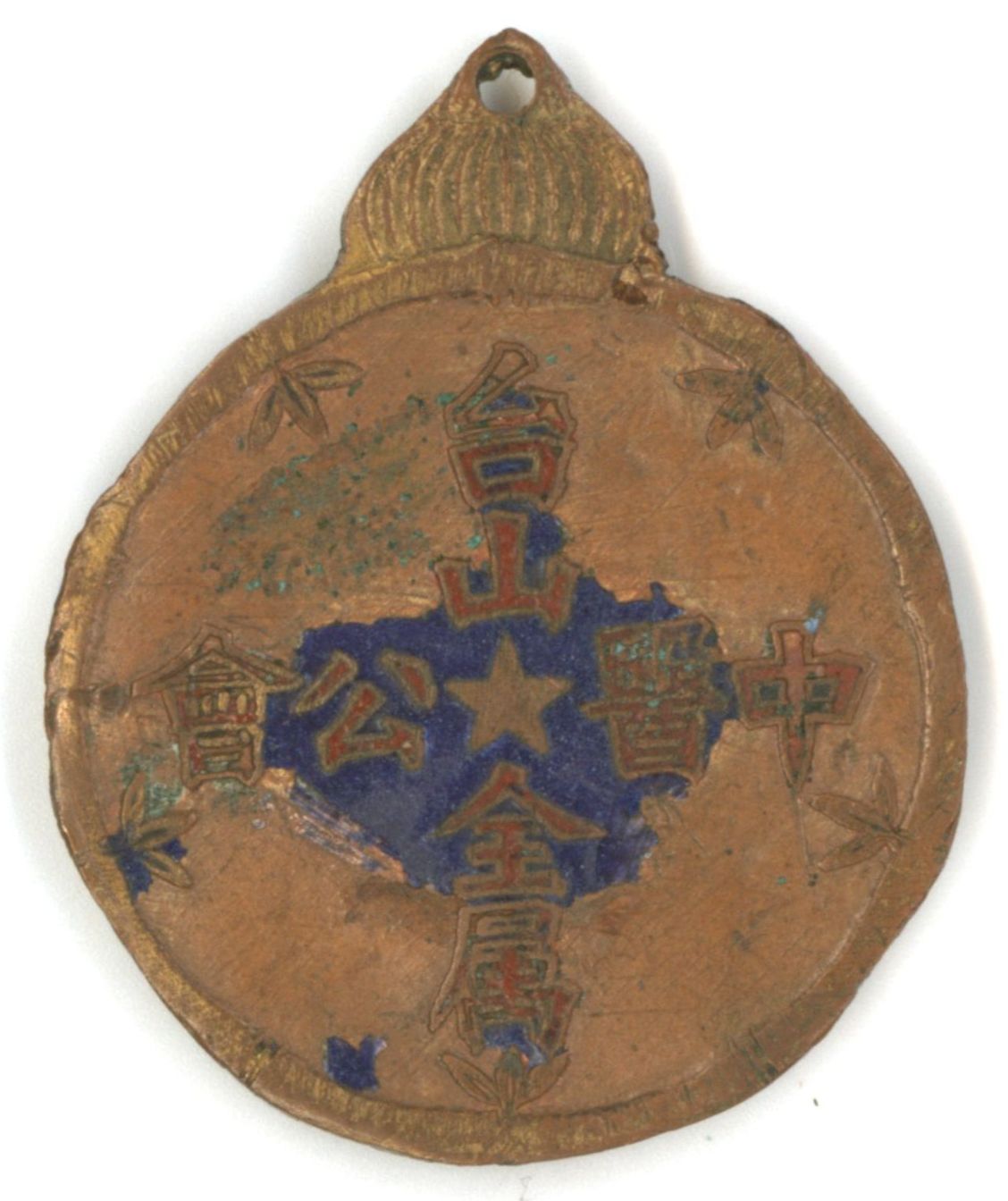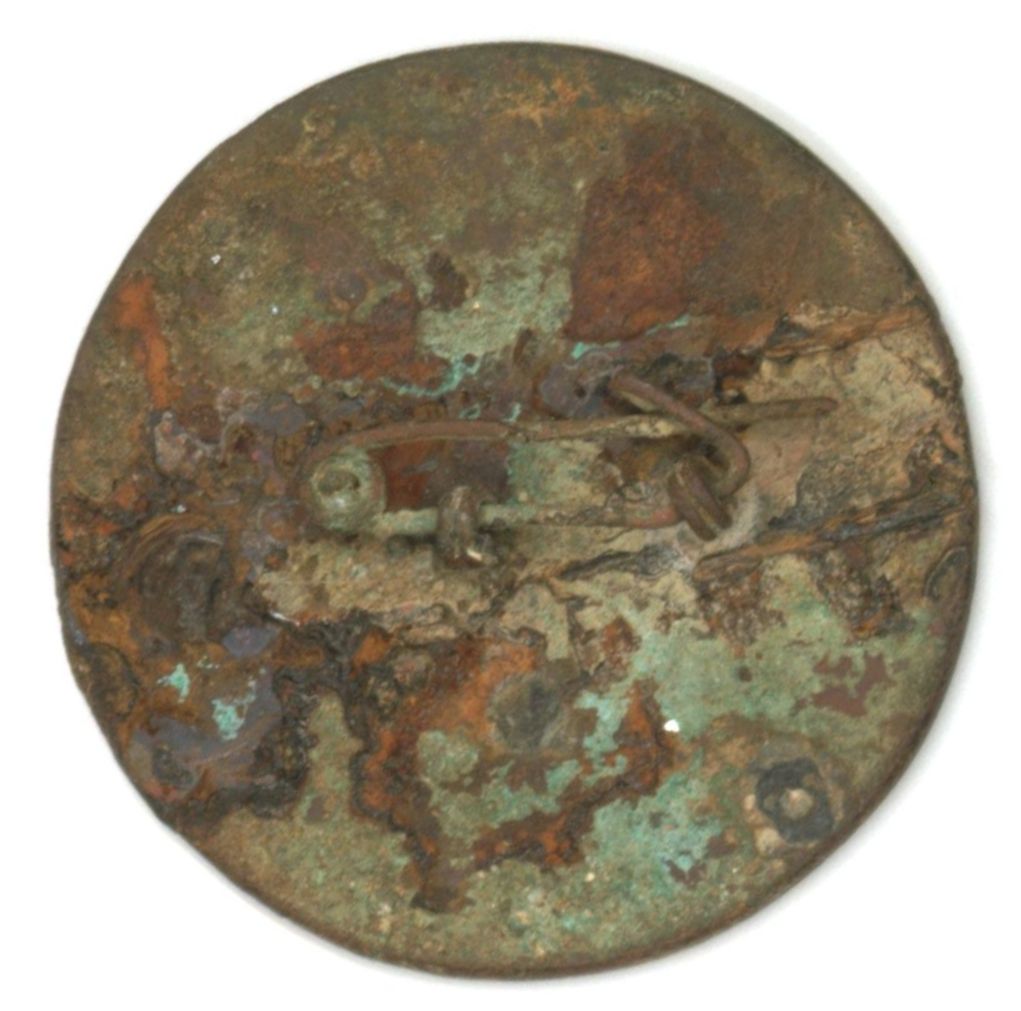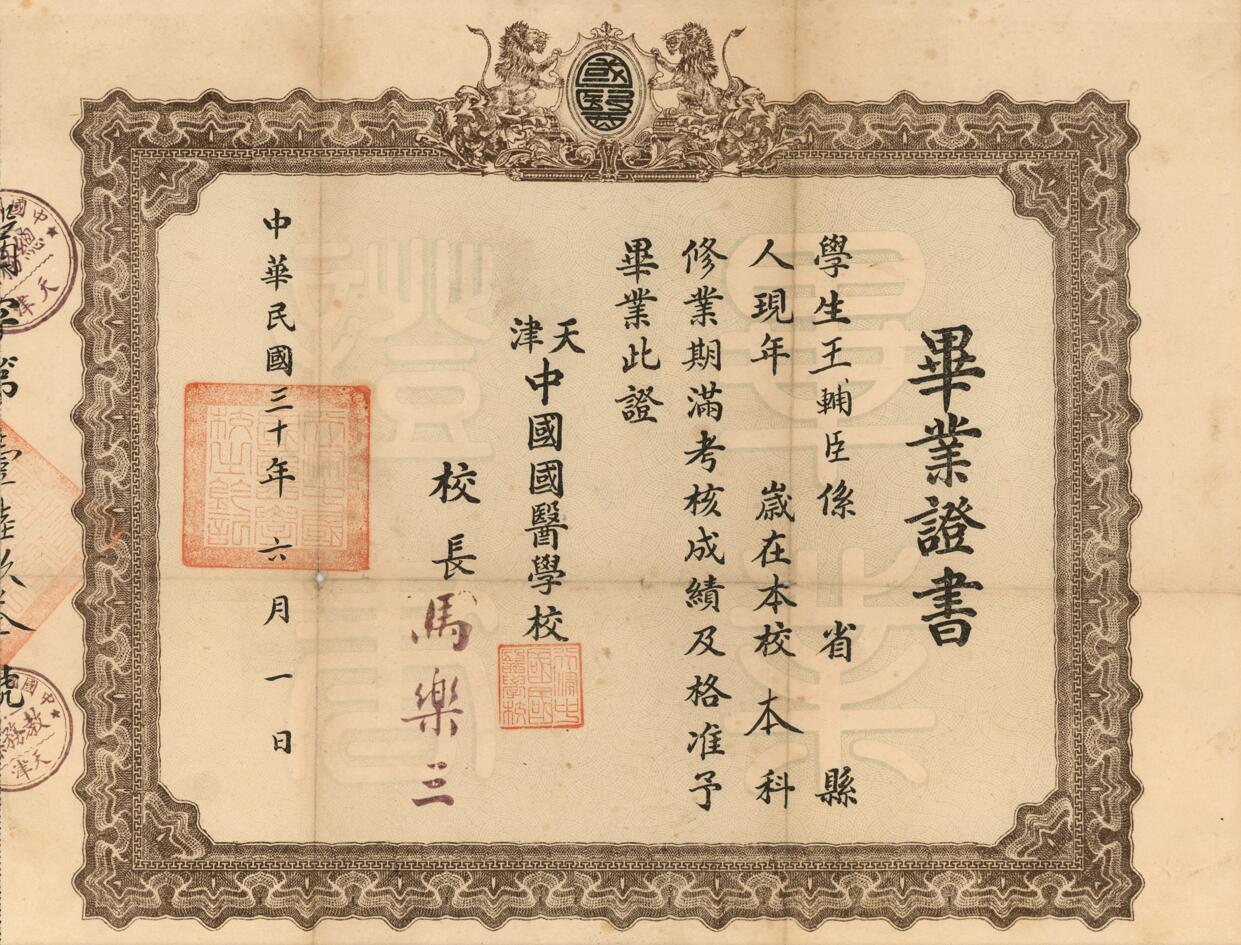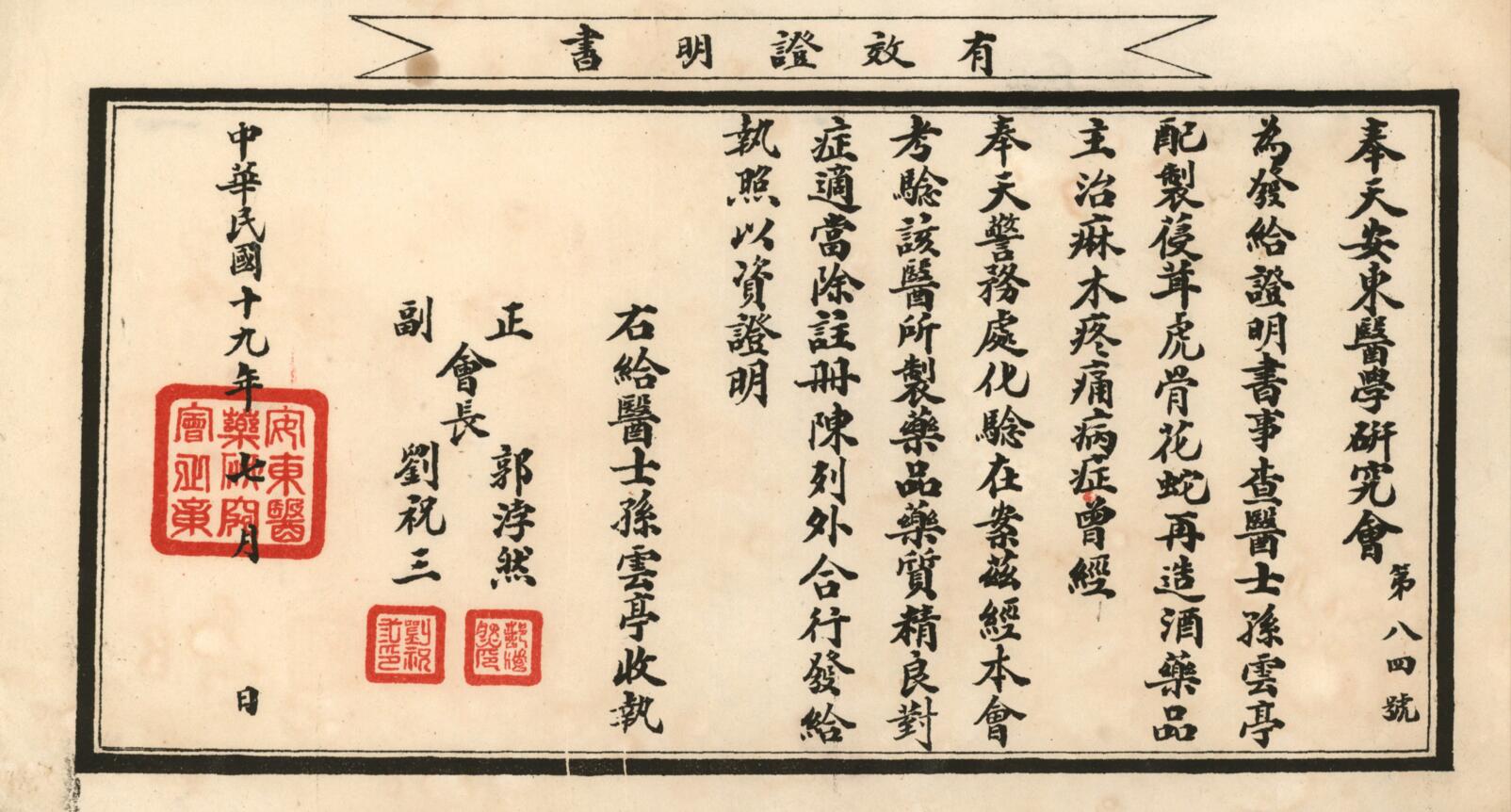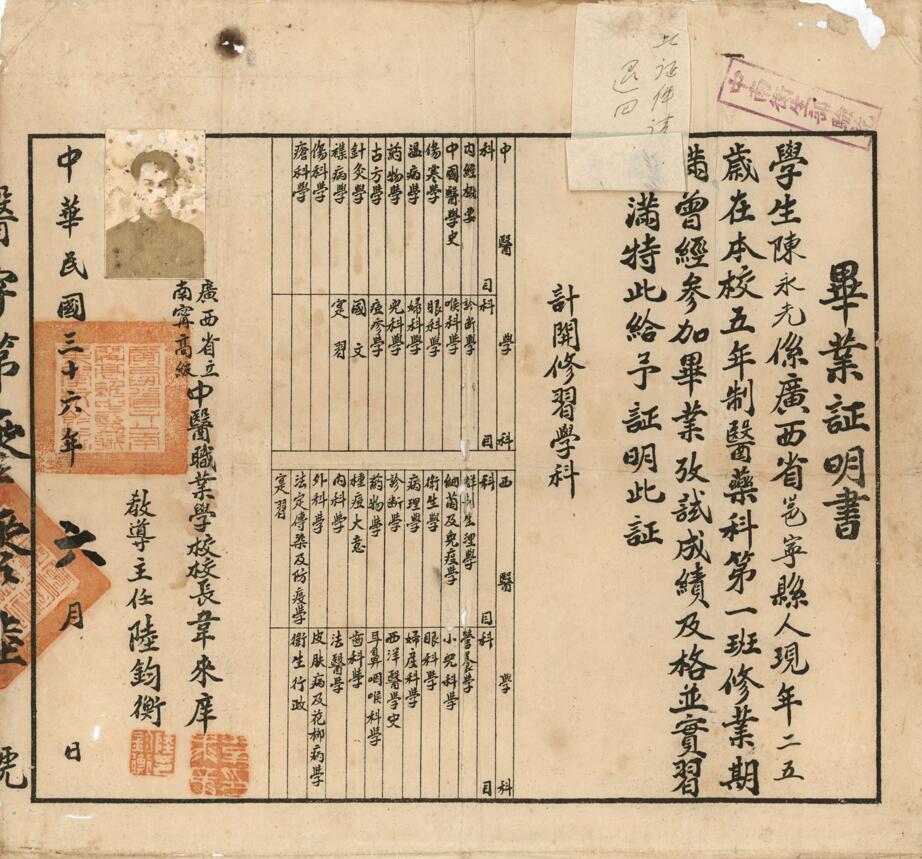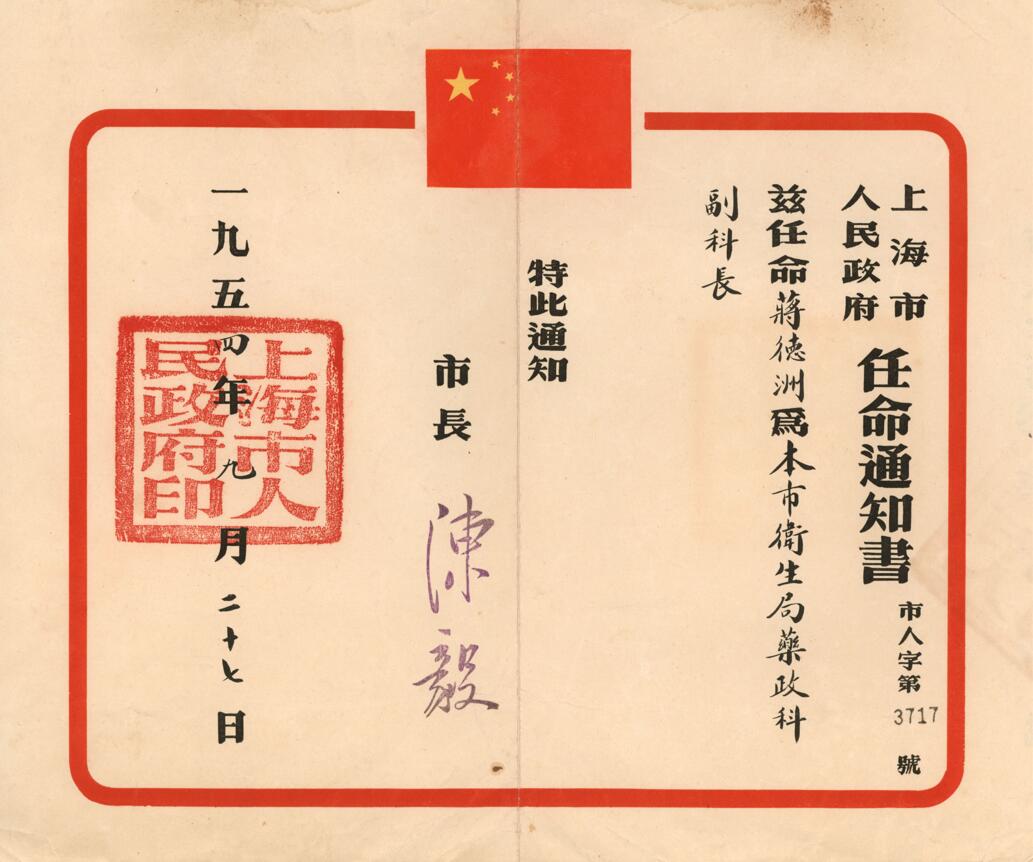The Little World of badges, The Great World of TCM
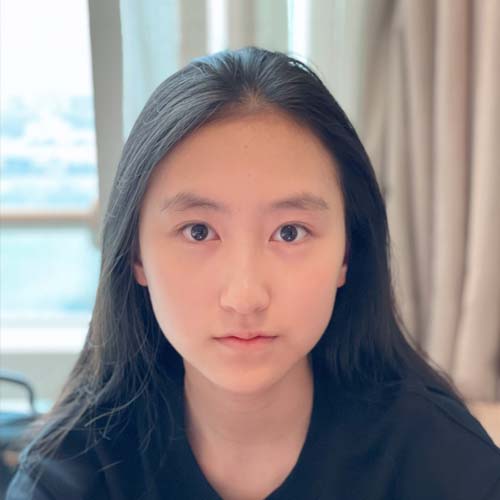
About Us
My name is Jia Mingxuan, born in July 2007.
Influenced by my family, I began to contact collecting when I was 9 years old. At present, it has collected more than 500 certificates and more than 1,000 badges of traditional Chinese medicine in the first half of the 19th century, which is the largest number in the world.
In my eyes, a badge, a certificate, perhaps is not a cold historical research, but by a person of flesh and blood actually owned.
Since March 2019, my father and I hasCo-authored a series of popular science articles entitled "The Little World of badges, The Great World of TCM", which has been serialized for more than 30 periods on professional we chat public accounts, with a total of more than 200,000 words. We selected a representative chapter to introduce the stories behind them, including both rigorous literature research and emotional comments.
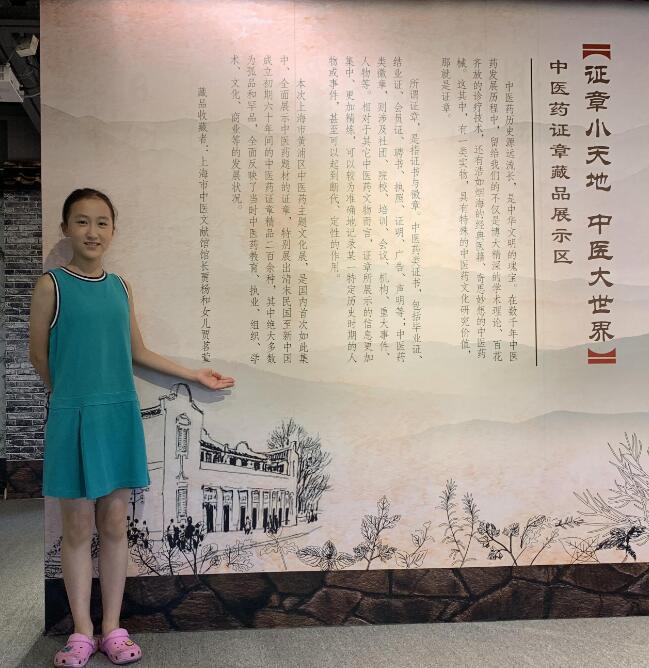
From 2018 to 2021, I donated 6 pieces of traditional Chinese medicine historical materials to the Ye Kaitai Traditional Chinese Medicine Culture Museum in Wuhan, Hubei Province, and the Hospital History Museum of Guangzhou Red Cross Hospital. The Ye Kaitai Medicine Seal, donated to the Museum of Traditional Chinese Medicine Culture, will be exhibited at the National Museum of China from January to May 2023.

From July to September 2019, my father and I held China's first special exhibition of Chinese medicine badges in Shanghai World, exhibiting 300 modern Chinese medicine badges and more than 50,000 visitors, which generated a great response in the industry. On July 27,2019, Xinhuanet exclusive interview reported: "The silent badge is engraved with the mark of The Times that will never fade". At present, some of the exhibits are exhibited in Pudong New Area Xinchang Shanghai Traditional Chinese Medicine Culture Base for a long time.


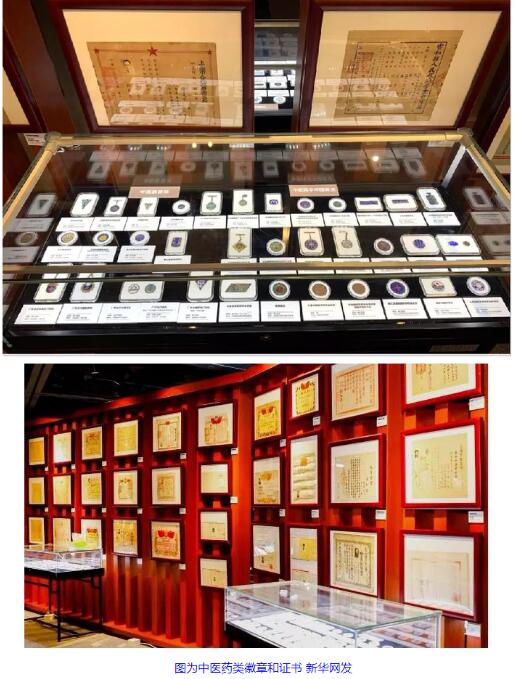
Through the collection, I have gained great interest in the culture of traditional Chinese medicine and carried out textual research work. My first badge research paper on the British female missionary Hope Bell, "A Silver Badge Shining a Hundred Years—— The Footprint of a British Female Missionary in China", Won the 2021 Hi World World Culture Day 2021 China Paper Award 2021, And represented China in the US National History Day (NHD) Global Competition. This article was recommended by the organizer as a model in the public account. During the process of textual research, I contacted the School of Asia and Africa, University of London by email. The archivists of the school overcame the impact of the epidemic and went to the library to copy 65 photos, documents and letters that had never been disclosed for me, which moved me very much. In December 2022, as the only middle school student participant, this article won the excellence award of the first "Cheng Zhi Fan Medical History Paper Award" sponsored by Peking University.
In addition, I also wrote three textual papers on traditional Chinese medicine and traditional Chinese culture as the first author, and published them publicly:
- 1. Seventy-seven years ago, the "Chinese Medical Examination ticket" [J]. Modern distance education of Traditional Chinese Medicine in China, 2020,18 (21): 110-112.
- 2. "Kyoto hall to save the soul Dan" silver bottle analysis [J]. Journal of Traditional Chinese Medicine Literature, 2019,37 (04): 24-27.
- 3. Late Qing Dynasty Kirin sends son Baijia lock appreciation [J]. Identification and Appreciation of Cultural Relics, 2017 (07): 50-52.
About the TCM badge
In the long history of traditional Chinese medicine, the ancients left rich academic ideas, diagnosis and treatment methods, and a vast number of documents, which is the treasures of ancient Chinese science. Among them, there is a kind of physical objects with special historical and cultural research value of TCM, but there has never been a special research, it is a badge.
The badge has the dual concepts of broad sense and narrow sense. Broad badge refers to the certificate and badge; narrow badge only refers to the badge. Badge, as "medal" or "badge" in English. Among them, "medal", especially refers to the medal or medal, and "badge", generally refers to the "badge" or "badge", refers to the belt on the body used to indicate identity, occupation, honor signs, generally made of metal. It has a long history, and its origin can be traced back to the totem symbol of the primitive society. In the Warring States Period, the badge was recorded in the history books for the first time, but it is fundamentally different from the badge in the present sense, which actually refers to the flag. Later, in our dynasties, the role of the badge was various: some for reward (such as reward), some for passage (e. g. waist badge), some for identification (e. g. clan emblem), some (badge) as symbol for dispatch of troops, etc.
It was not until the Qing Dynasty that the badge really had a modern recognized meaning and was made of metal. In the 19th century, international exchanges increased, and many countries often gave them MEDALS to important foreign guests. However, according to the tradition, the Qing government gave official titles and top wear, which was not appropriate for international practice. Therefore, in December 1881, the Qing government issued the Constitution of Playing The Treasure Star, which set up the medal of "Double Dragon Treasure Star" to foreigners, which gave birth to the first badge of modern significance in Chinese history. The "Double Dragon Treasure Star" medal is star-shaped and is modeled after the National flag of the Qing Dynasty, with the dragon as its symbol. The medal is divided into five and eleven levels. The grades are marked above the treasure star and inlaid with jewelry and distinguished by their colors. When the medal is awarded, a "certificate of the medal" shall be issued as a certificate. In the third year of Xuantong (1911), the Qing government promulgated the Constitution of the Medal, which extended the recipients to the local people, and set up a medal bureau to manage the awarding of MEDALS.
During the period of the Republic of China, the use of badges reached a historical peak, which was varied. The use of the badge is also developed from awards, to signs, involving military and political, parties, education, health, sports, charity, religion, commerce, agriculture, industry, etc.; Issued in the name of organizations, and donated in the name of individuals, a variety of names. Among them, the theme of medicine and health care, especially the badges made and issued by traditional Chinese medicine related schools, academic organizations and industry organizations, occupies an important position. For example, Ye Shengtao's Mr.Pan in Difficulties said, " The office gave him the flag of the Red Cross, but opened it in front of the school; and gave him the badge of the Red Cross, indicating that he was a member of the Red Cross."The" Red Cross badge " mentioned here is a typical identification sign issued by social groups.
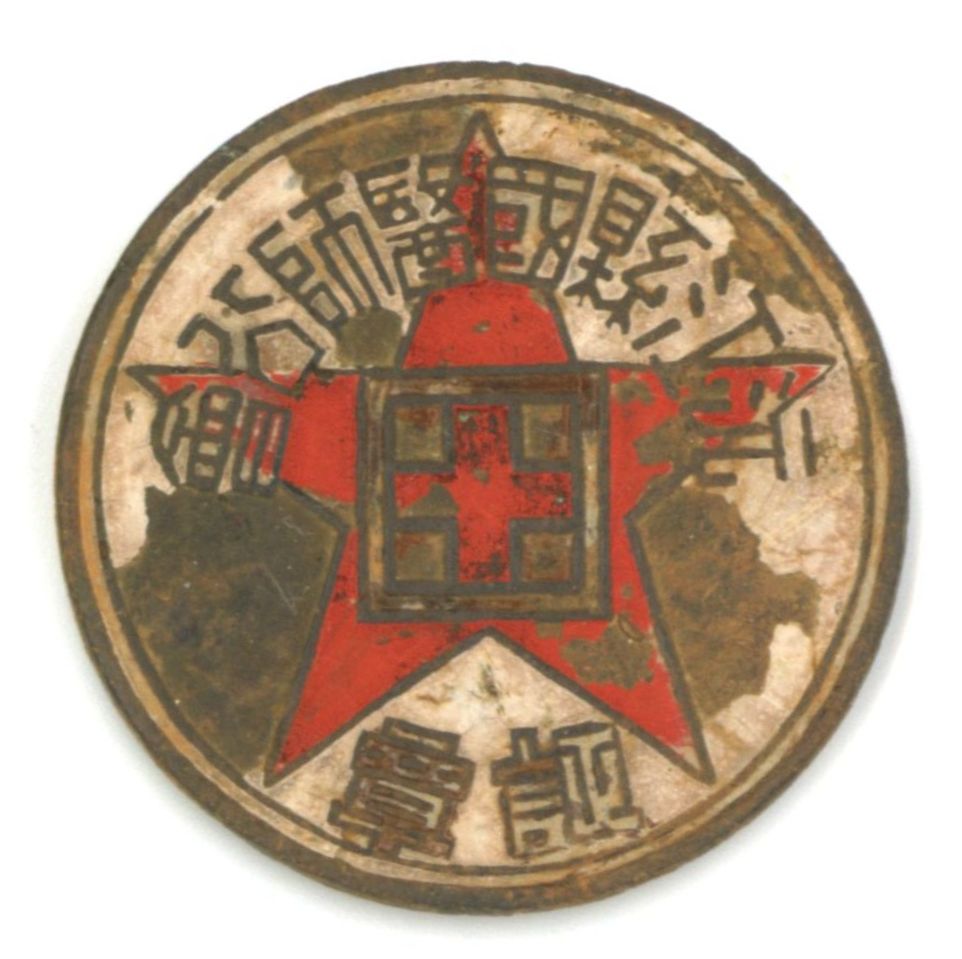
After the founding of new China, wearing a badge has become one of the signs of the people to express their enthusiasm for socialist construction. The scope of the use of the badge, further expanded, almost as long as the commemorative events on the normal badge. During this period, the influence of Chairman MAO's badge was the most prominent, with as many as 80,000 kinds of distribution. In the field of traditional Chinese medicine, it is more focused on all kinds of traditional Chinese and western medicine joint clinics, traditional Chinese medicine academic groups, traditional Chinese medicine (acupuncture and moxibustion) courses, traditional Chinese medicine industry associations, etc., Which is of great significance for sorting out and studying the evolution of the Party's traditional Chinese medicine policy after the founding of new China.
The badge integrates painting, calligraphy, carving and other arts in one, molding, paint, porcelain, inlay, gold, enamel and other techniques in one, can be said to be a variety of shapes. It condenses the vicissitudes of life between the square inch, with a distinct historical brand. According to the statistics of the past few years, there are at least 200,000 badge collectors in China, of which the badge fans account for one third. With the continuous discovery of new types and values of badges, this number is still increasing. At the same time, in the badge collection field, subdivision has become a trend; the specialty, such as the Anti-Japanese War, education, science and technology, sports and other special badge exhibitions are also endless.
And the handed down certificate collection, in the collection circle is more concentrated in the education theme, that is, a variety of graduation certificates. Compared with badges, the varieties of certificates are less, mainly including graduation (completion) certificate, membership certificate, certification documents, etc. However, in form, the content of the certificate is more abundant than the badge, such as the full name of the issuing authority, the name of the person in charge of the issuing authority, the date of the issuance, the name of the certificate owner (mostly including personal information such as native place, age), and the basis of the issuing, which is concise and accurate. In the field of TCM, most of the membership certificates of the Republic of China matched the 1950s and 1960s, the completion certificates of TCM courses were matched with the badges. In addition, some of the certificates at the transition of the old and new society, the signature, tax bills, alteration, correction, old things, new use and other changes, the characteristics of The Times is very significant.
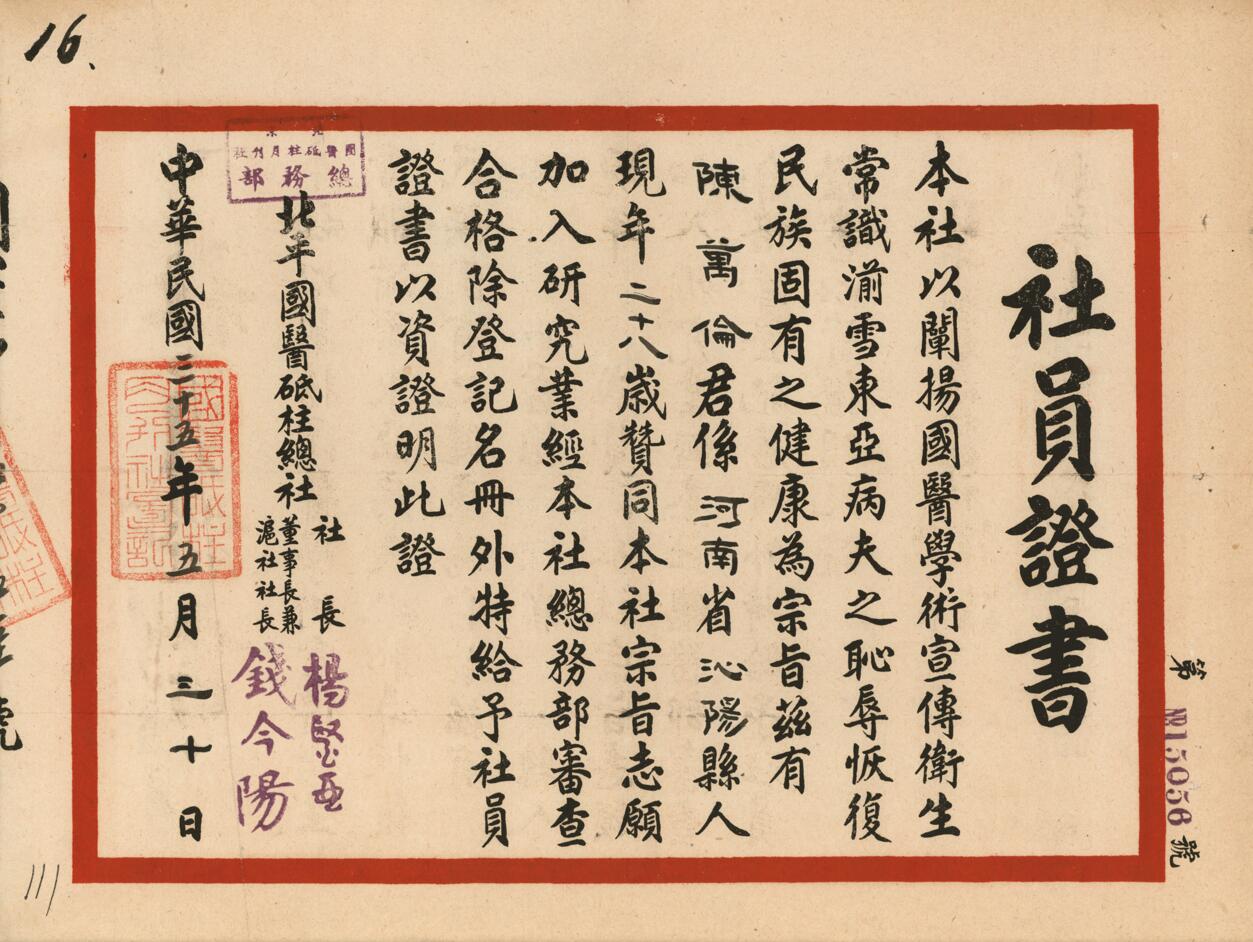
In the thousands of years of development of TCM, Chinese medicine, the accumulated medical classics and drugs are the main contents of the research of contemporary TCM inheritors, while few people consult the badges. Relative to other cultural relics of traditional Chinese medicine, badge to a certain extent, reflects the Chinese medicine in education, practice, organization, academic, cultural, business development, shows the information is more concentrated, more refined, can more accurately record a particular historical period of people or events, and can even play the role of generational, qualitative. The author through visiting in recent years, and communicate with the badge collection of experts, it is widely believed that the modern badge of traditional Chinese medicine only within a few thousand, even with lovers or museum of traditional Chinese medicine, also more for collection, no one explores, is one of the "unpopular" in the field of traditional Chinese medicine. In addition, the badges are small in size and are not highly appreciated and easily lost; the certificates are mostly paper, easy to be defaced and difficult to recover. In the 1950s and 1960s, due to the historical reasons, most of the badges with the Republic of China logo were destroyed, so there is s much, the urgency of rescue and excavation is extremely strong, there is a great need for protective research efforts, combined with the experience of traditional Chinese medical history literature, modern Chinese history, fine arts, casting, printing and other disciplines, the issuing background, shape, material, technology and other dimensions of modern traditional Chinese medicine badges, it is helpful to prove and clarify the key information of TCM industry management, educational institutions, academic groups, figures and events in the relevant historical period; at the same time, you can also excavate part of the contents of no historical records, develop new research directions in the history of traditional Chinese medicine.。
The badge is the epitome of an era, but also the witness of a person's life in history. Witness chapter, such as see the person, this is the most meaningful place.

